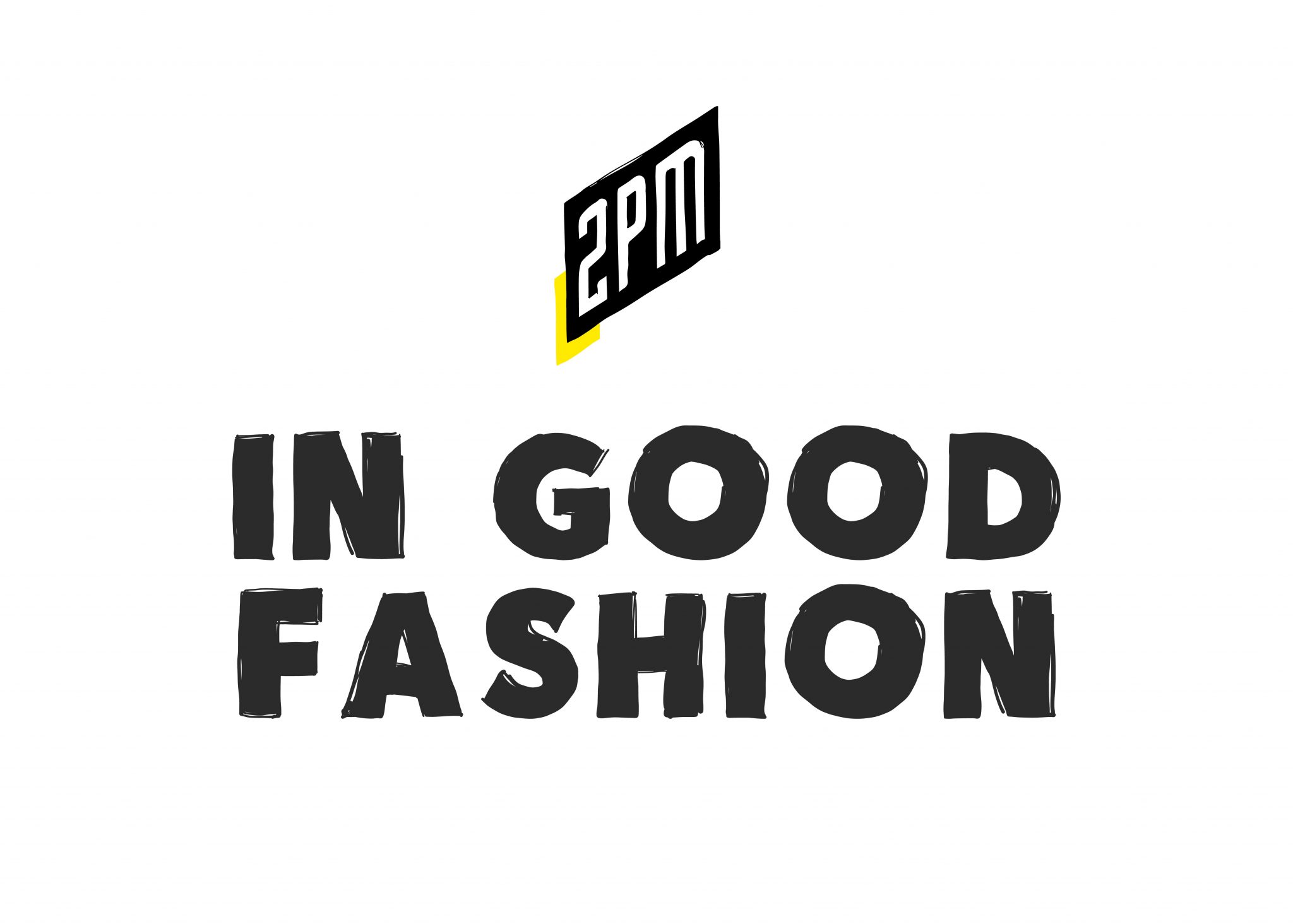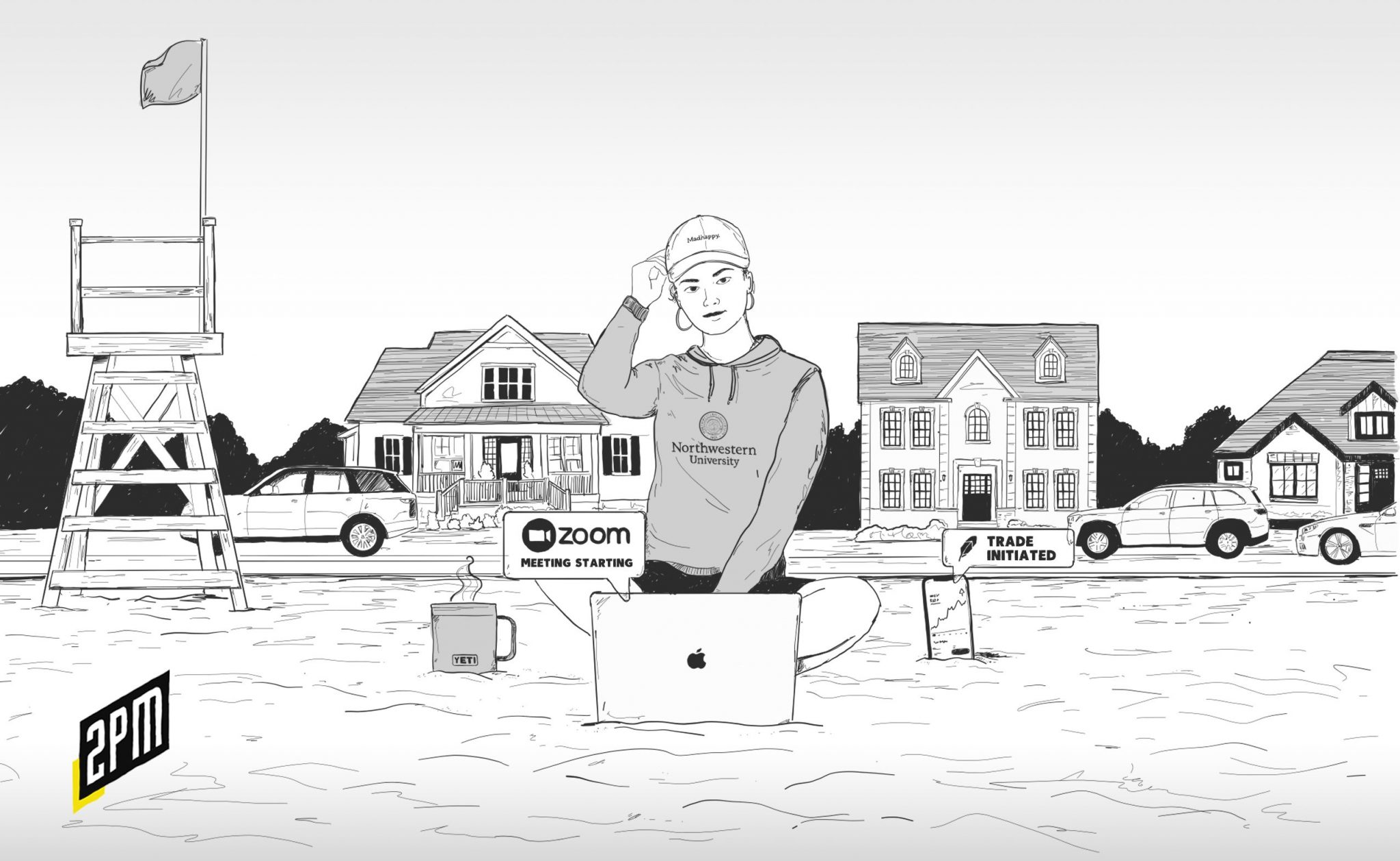
With a market value north of $8 billion and an annual revenue mark that should surpass 2020’s mark of $6.16 billion, few are comparable to Ralph Lauren. And that may be why its reception at this year’s Tokyo Olympics has been as chilly as its cooling blazers. The New York Times’ chief fashion critic Vanessa Friedman recently reported on multiple advancements:
The navy jackets of the flag bearers Sue Bird and Eddy Alvarez incorporate what the brand has dubbed RLCoolant technology. [1]
The brand also graduated from synthetic fibers to manufacture technical denim, a much-welcomed advancement in an industry that companies like Ministry of Supply and Mizzen + Main pioneered in 2011.
Oh, and the “jeans” (of course, they had to have jeans: Ralph-the-designer even wears his own faded denim to black tie events) are made from a special new material the brand says is “free from synthetic plastics.” [1]
As a veteran of both the preppy wear and technical wear industries, I applaud these improvements. They deserve the spotlight, as does the company’s emphasis on domestic manufacturing. These are welcomed advancements and no one can test the market quite like RL. But the masses don’t see these developments as worthy of its great, international stage. Though Ralph Lauren has done a notable job outfitting the American athletes since 2008, a world of change has happened since. The brand is not suffering from a technical or a supply chain deficiency; it’s suffering from a cultural one. In The New Prep, I explained that Ralph Lauren, Tommy Hilfiger, and Brooks Brothers are at risk of being relegated to cultural irrelevance:
For retailers like Ralph Lauren and Tommy Hilfiger, African-American streetwear culture co-opted their styles. That new base of organic interest drove the two brands to extraordinary heights in the 1990s. Ralph Lauren Corporation (and its $5.5 billion market capitalization) remains a beneficiary of that accidental cultural impact.
Few could have predicted what has happened since 2008. Brands like Aimé Leon Dore, Noah, KITH, Telfar, Todd Snyder (owned by American Eagle), and Rowing Blazers have each contributed to a rewriting of what it means to be preppy. In ways – each their own – the brands acknowledged what Ralph Lauren didn’t during its most pivotal growth stage. There is a new American sportswear, according to GQ’s Rachel Tashjian. It’s authentic and inclusive.
The culture that accidently sparked a revolution for Ralph Lauren in the 1980s and 1990s has all but consumed preppy culture today. In the Hamptons, Rebekah Mercer lives in the same community as Sean Combs. At elite preparatory schools, teenage students arrive at their campus entrances in Jeep Wranglers listening to hip hop and wearing Jordan 1s with their school-issued plaids and khaki. The scenes harken imagery more from New Jack City than Cruel Intentions. Their pop culture idols have brown and black skin. And if they don’t, they were influenced by artists who do. On weekends, high school and college wardrobes of the preppy are influenced by StockX or Golden Goose. The very definition of American Prep has so far diverged from Lisa Birnbaum’s 1980 cult classic The Preppy Handbook that it might as well be a different genre of fashion altogether. Except it isn’t. It is truly prep.
A 1990 article in Utah’s 171-year-old daily paper Deseret News began:
If the 1980s were a movie – and the metaphor is almost unavoidable given actor/president Ronald Reagan’s domination of the decade – the credit lines would have to include costumes by Ralph Lauren. [2]
Fast forward to the Tokyo Olympics and Ralph Lauren’s expression of American preppiness is one of 1980s tradition, not 2020s reality. And when you present a notion of culture that doesn’t accurately reflect America, you see countless responses like the one below:
Mike Sington on Twitter: “Why is Ralph Lauren always selected to design the Team USA Olympic Opening Ceremony uniforms? Our American athletes are a diverse group, they’re not a bunch of preppy white people headed to Newport or the Hamptons. pic.twitter.com/JaTCH6tEu9 / Twitter”
Why is Ralph Lauren always selected to design the Team USA Olympic Opening Ceremony uniforms? Our American athletes are a diverse group, they’re not a bunch of preppy white people headed to Newport or the Hamptons. pic.twitter.com/JaTCH6tEu9
The problem with an overdone caricature of high society is that it bolsters the insinuation that places like Newport, The Hamptons, elite schools, and prestige industries (once notable for 80s yuppie culture) are devoid of others. It’s simply not true. There are Ivy educated bankers of color on Wall Street. There are culturally and ethnically-diverse students in the best schools. Very few dress like they’re mooring their schooner after a weekend on Block Island. Suggesting that Ralph Lauren’s version of American prep is today’s reality is to say that those who currently inhabit the culture do not belong. So where does that leave us?

It was presumably tweets like these that warranted a response from one of the most accomplished fashion writers in the industry. In that tweet, I noted:
This is probably the last year that Ralph Lauren outfits the Olympic team. The next design cycle will likely be a consortium of brands that define today. Noah, KITH, Aime Leon Dore, Todd Snyder, Rowing Blazers, Fear of God, Telfar, et al.
This wasn’t wishful thinking by any means. To be clear, it is unlikely that Friedman was referring specifically to my suggestion, but I take issue with the reasoning that she used to justify Ralph Lauren’s continued involvement. Friedman’s contention is simple: RL’s moat is economies of scale.
Vanessa Friedman on Twitter: “All those people calling for a new official Olympic outfitter for Team USA instead of more Ralph Lauren – I get it, but remember: they have to be able to afford making free clothes for 615 competitors plus coaches etc. There are limited designers with that budget. / Twitter”
All those people calling for a new official Olympic outfitter for Team USA instead of more Ralph Lauren – I get it, but remember: they have to be able to afford making free clothes for 615 competitors plus coaches etc. There are limited designers with that budget.
Scale isn’t as much of a moat as one would think. There are a number of individual brands birthed in the digitally-native era who could accomplish this on their own. These aren’t merely independent design houses, they are financed businesses in most cases. Skims, the company founded by Jens Grede and Kim Kardashian has raised $154 million over its two-year lifespan. The company made news by earning the role as the “official underwear provider of the US Olympic team.” Rowing Blazers outfitted a much smaller contingent in El Salvador’s Olympic team, a nod to the recently re-capitalized company’s American ambitions. And Telfar Clemens, the Queens-born, Liberian-American designer successfully outfitted Liberia’s Olympic team – a nod that he, too, would rise to the occasion if the US Olympic Commission chose to consider a redefinition of today’s American culture. The popular designer was recently thrust into the mainstream after Beyoncé was seen with one of his bags. As Beyoncé does, so does America.
The economics of the opportunity are nothing to minimize, to Friedman’s point. And while few brands have the balance sheet to supply 80 garments to 615 Olympic athletes, there are ways in which a task like this can be met. Step outside of fashion for a moment and you may find your solution.
This week, NOBULL has an annual event in its name, the rights to which were for 10 years synonymous with Reebok. The MLS Cup Champion Columbus Crew moved to a new stadium after a change in ownership and a reinvigorated interest in its role in the city’s culture. When the $314 million Lower.com Field was announced to the surprise of many, NOBULL was but three years old. According to Columbus Business First, the deal is valued at $3-4 million annually. The Olympics opening ceremony presents a similar opportunity.
It is not likely that you will ever see a fashion label name a stadium or a sporting event, but Halston (1976), Levi’s (1980 and 1984), and Ralph Lauren (2008 – forward) established a close enough proximate. If given an opportunity to elevate one’s brand on an international stage, it’s likely that a modern retailer would take the chance and raise the requisite amount to afford the project. This includes the 10% USOC royalty, official rights, and the cost of goods required to ship an entire season’s volume of units to an Olympic host country. In return, that brand receives earned media, opened doors, top of funnel interest, and perhaps the great story of Summer 2024.
There will be a brand that rises to fill the big shoes of Ralph Lauren. When their interpretation of classic Americana is televised and streamed across the globe, it won’t feel like a caricature of American preppiness. It will look like America. If Ralph Lauren chooses to hand the baton to the next generation of American brands, there isn’t a label that wouldn’t design, manufacture, and ship that honor. In fact, there are at least a few brands actively awaiting the opportunity. They’re prepared.
By Web Smith | Editor: Hilary Milnes




